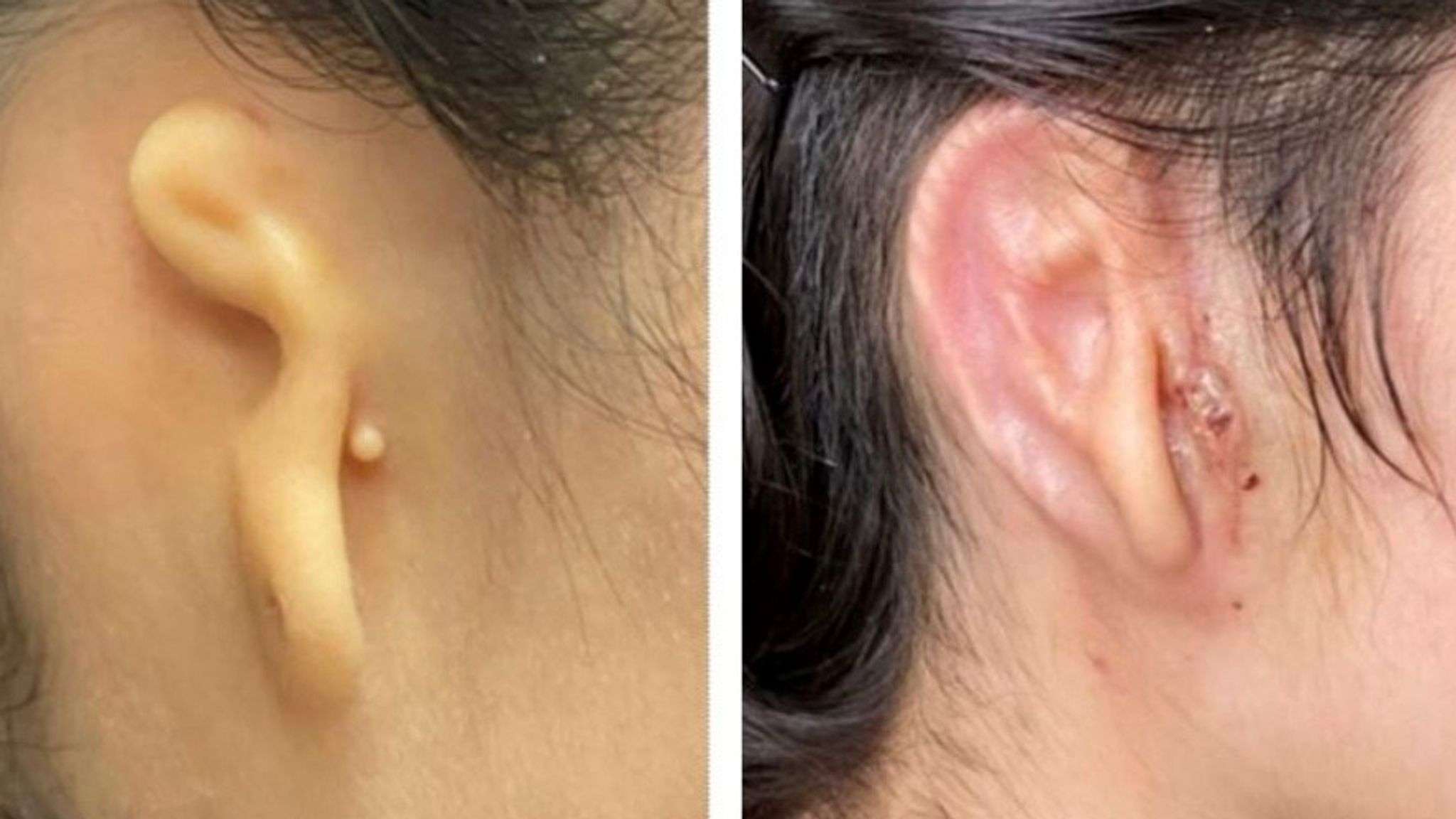Canadian Family Turns Old School into Hydroponic Farm Growing Fresh Veggies Even in Winter For the Whole Town
Let-Us Grow Facebook page is filled with rows of lettuce bursting with vibrant greens and reds, as well as cucumbers stacked like lumber.

In a major advance in the field of biological 3D-printing, a firm has successfully transplanted a printed ear made from a patient's own stem cells.
Such a procedure has been theorized for over a decade, but demonstrations have never been carried out at the scale now being done by medical researchers at 3DBio Therapeutics.
Their trial of 11 patients includes a 20-year old woman who was born with congenital microtia, a disease that left her with a misshapen ear. While previous such operations have involved the 3D printing of prosthetics with silicon, in this case her own stem cells were nestled in a "bioink" of collagen, printed into an air, shipped via cold storage, and inserted under the skin.
It's definitely a big deal," said Adam Feinberg, a professor of biomedical engineering at Carnegie Mellon University who wasn't involved in the study but who works in the field. "I'm hoping these kinds of success will build enthusiasm and understanding this is moving from the realm of science fiction into reality."
A precise 3-dimensional scan of her other ear was used as the model in a computer to ensure the two were identical.
"As a physician who has treated thousands of children with microtia from across the country and around the world, I am inspired by what this technology may mean for microtia patients and their families," said Dr. Arturo Bonilla, a leading pediatric ear reconstructive surgeon who led the team.
"This study will allow us to investigate the safety and aesthetic properties of this new procedure for ear reconstruction using the patient's own cartilage cells."
Not only will it allow people the freedom from the self-consciousness of having a deformed ear, but 3DBio Therapeutics' ear is 100% living, and so in most cases it restores ordinary hearing back to the patient.
For thousands of kids who have to go to school with an undeveloped ear, this method of cultured, living ear prosthetic will be life-changing, and experts outside the research team are excited by the leap it makes towards other important components which could be printed in the same way.
They're not necessarily looking towards hyper-complex organs like a liver, but simpler, collagen-rich tissues such as a spinal disc, a rotator cuff, or a meniscus, which could restore mobility in disabled people.
Feinberg notes this hypothesizing is now securely in the realm of "when" not "if" it becomes possible.
GIVE an Earful of the Good News to Mates; Share This Story…
Be the first to comment